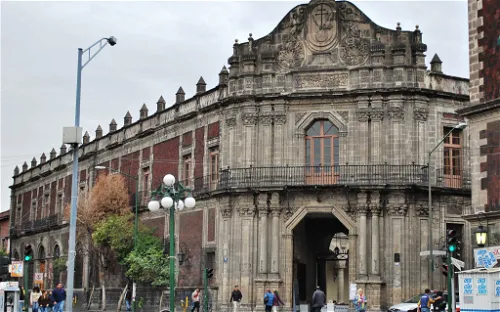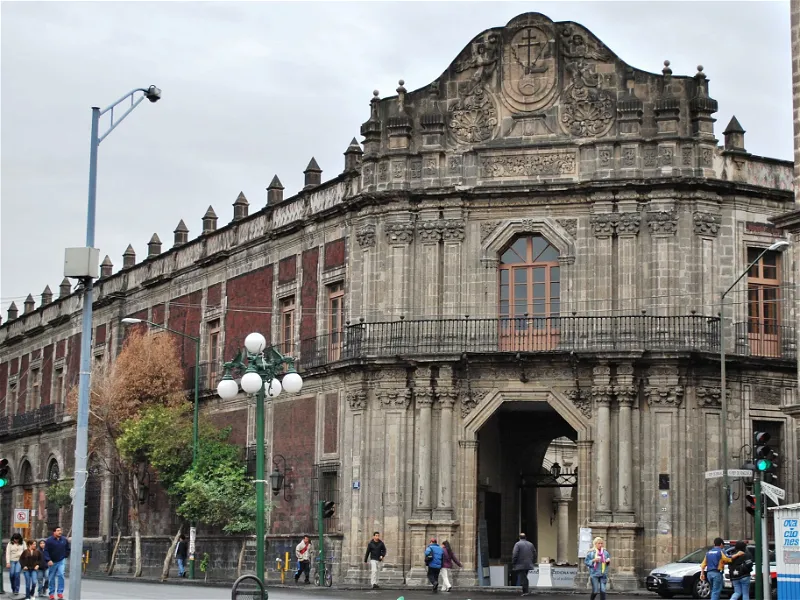Palace of the Inquisition and its collection
The Palace of the Inquisition, also known as the Museum of Mexican Medicine, is situated on the corner of República de Brasil and República de Venezuela streets in Mexico City, Mexico. This historic building has a long association with the Inquisition, which ended during the Mexican War of Independence. Today, it serves as a museum, preserving the history of medicine in Mexico.
Architectural History of the Palace
The current building of the Palace of the Inquisition was constructed between 1732 and 1736 by Pedro de Arrieta. Arrieta was a renowned architect who also contributed to the construction of other significant buildings in the city, such as the Metropolitan Cathedral and La Profesa Church. Despite his significant contributions to the city's architecture, Arrieta died in poverty shortly after the completion of the Palace of the Inquisition.
The Palace as the Museum of Medicine
Today, the Palace of the Inquisition is owned by the National Autonomous University of Mexico (UNAM) and serves as the Museum of Medicine. The museum, inaugurated on 22 December 1980, is dedicated to preserving the history of medicine in Mexico and promoting the values associated with this field. It features 24 rooms that cover the history of medicine in the country, from pre-Hispanic times to the 20th century.
History & Anthropology Science & Technology Historic house Person & Artist














































